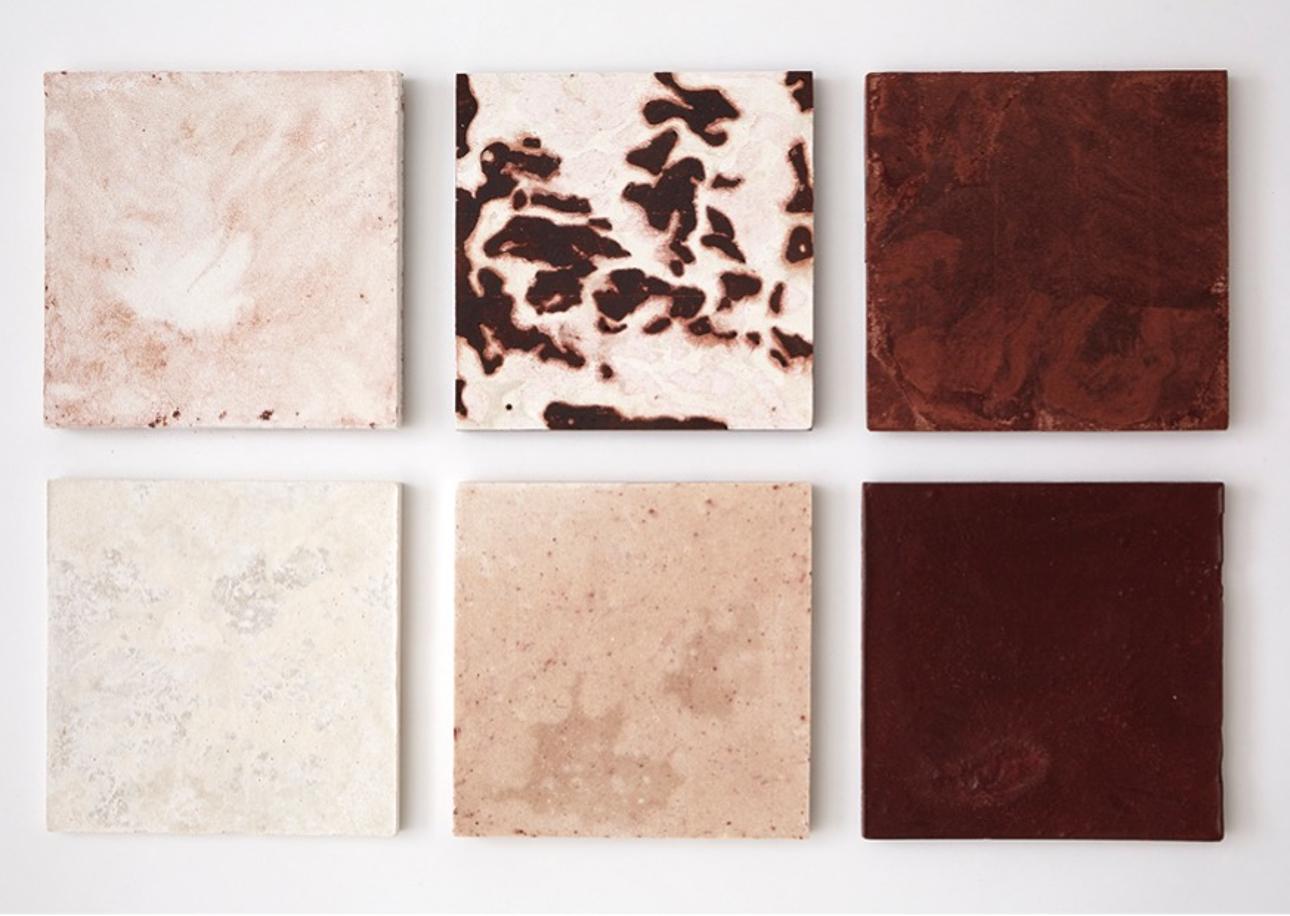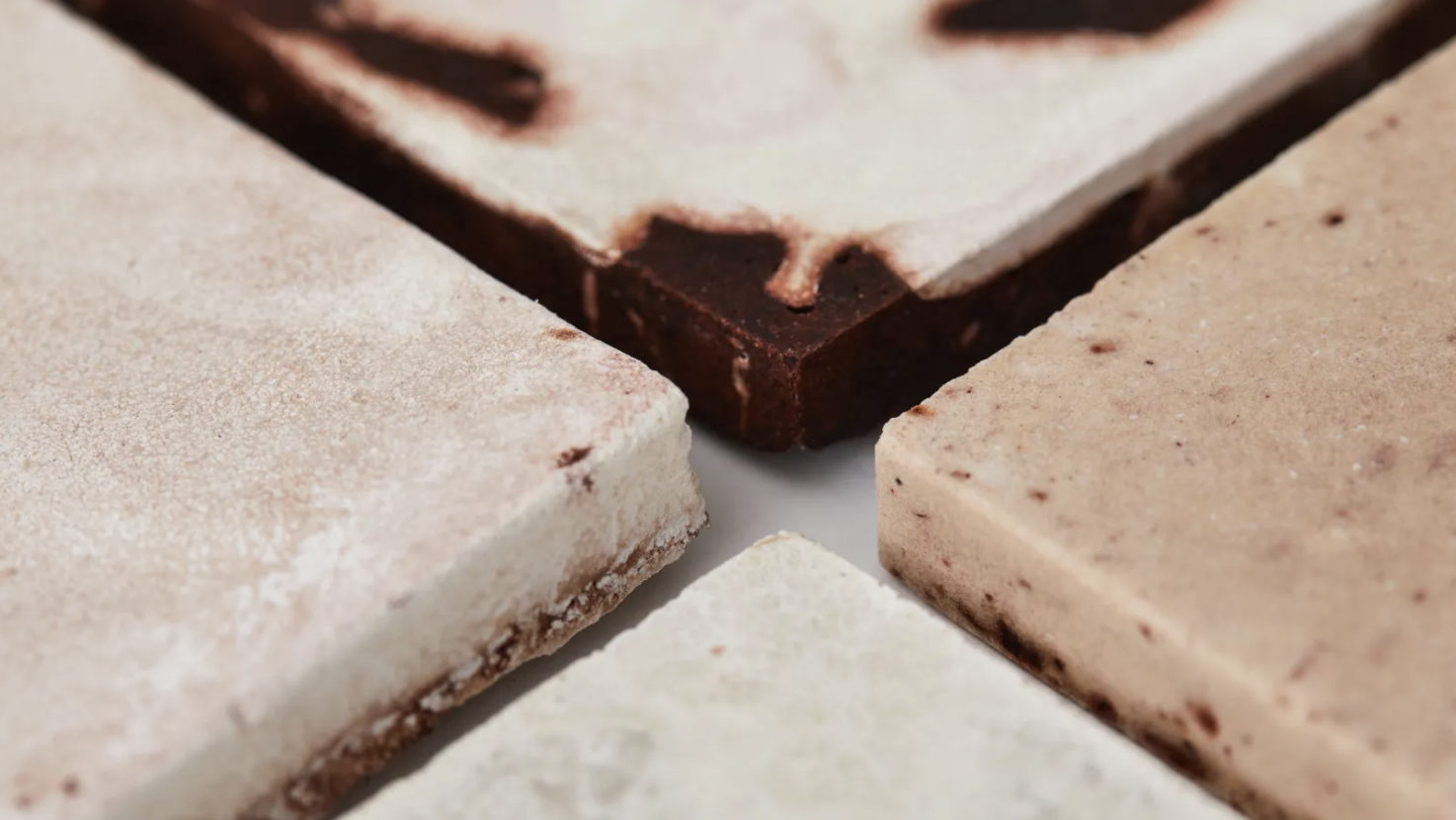Gentlemen’s Guide: Bangkok’s 5 Best Barber Shops
These top 5 barber shops in Bangkok are where gentlemen can elevate ...

What does a British designer, a Japanese plant, a French fashion label, and an American crayfish have in common? They’re collaborating to make more environmentally friendly concrete. A pair of British designers—Brigitte Kock and Irene Roca Moracia—have created a unique material using Japanese knotweed and shells from the American signal crayfish to replace the sand and rocks that make traditional concrete strong but emissions-heavy.
Japanese knotweed and American signal crayfish are both eco-hazards that have been known to colonize and ruin aquatic environments. The undercutting of river banks by American signal crayfish can result in erosion and sedimentation of rivers, while Japanese knotweed, without predators in the UK, progressively degrades asphalt and other surfaces.
Kock and Moracia, two Central Saint Martins graduates, used an ancient Roman formula based on volcanic ash concrete to blend the two species. Knotweed is burned after removal to act as an ash binder, and crayfish shells, which contain fossilized carbon, are utilized as aggregate in place of typical rocks or sand. Patrons can even choose from a variety of hues and textures for their bio-concrete, including jade green, dark burgundy, marbled colours, real stone, and unpolished concrete.

The project was commissioned by the LVMH group, which comprises labels such as Dior and Louis Vuitton, with the goal to provide a sustainable alternative to conventional building materials that might be used in luxury businesses.
“We live in a moment when there is no time to question if something should be sustainable; I think our generation understands the need for a sustainable future,” Moracia told Dezeen, adding: “We wanted to create a positive impact—a regenerative material.”
These top 5 barber shops in Bangkok are where gentlemen can elevate ...
Pets, as cherished members of our families, deserve rights and protections that ...
Wandering around the globe, try out the signature tastes of cultures across ...
Sailorr and Molly Santana’s black grills fuse hip-hop swagger with homage to ...
Oooh, Pantone just dropped their 2026 Colour of the Year and it’s ...
Pattaraporn “Nat” Salirathavibhaga’s HOMELAND supports farmers through conscious purchasing and bringing agriculture ...
Wee use cookies to deliver your best experience on our website. By using our website, you consent to our cookies in accordance with our cookies policy and privacy policy